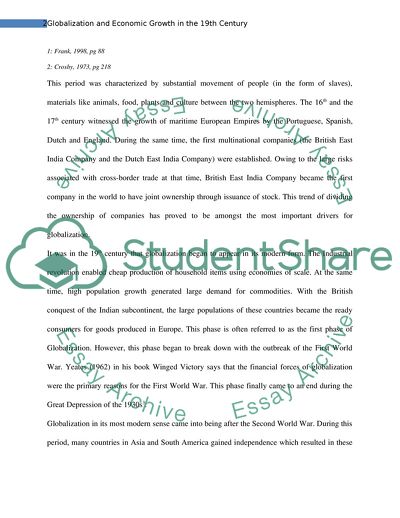Cite this document
(Globalization and Economic Growth in the 19th Century Literature review, n.d.)
Globalization and Economic Growth in the 19th Century Literature review. https://studentshare.org/macro-microeconomics/1744863-to-what-extent-did-the-forces-promoting-globalization-during-the-19th-century-also-foster-economic-growth-during-the-same-period
Globalization and Economic Growth in the 19th Century Literature review. https://studentshare.org/macro-microeconomics/1744863-to-what-extent-did-the-forces-promoting-globalization-during-the-19th-century-also-foster-economic-growth-during-the-same-period
(Globalization and Economic Growth in the 19th Century Literature Review)
Globalization and Economic Growth in the 19th Century Literature Review. https://studentshare.org/macro-microeconomics/1744863-to-what-extent-did-the-forces-promoting-globalization-during-the-19th-century-also-foster-economic-growth-during-the-same-period.
Globalization and Economic Growth in the 19th Century Literature Review. https://studentshare.org/macro-microeconomics/1744863-to-what-extent-did-the-forces-promoting-globalization-during-the-19th-century-also-foster-economic-growth-during-the-same-period.
“Globalization and Economic Growth in the 19th Century Literature Review”. https://studentshare.org/macro-microeconomics/1744863-to-what-extent-did-the-forces-promoting-globalization-during-the-19th-century-also-foster-economic-growth-during-the-same-period.


